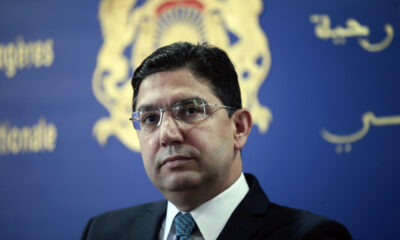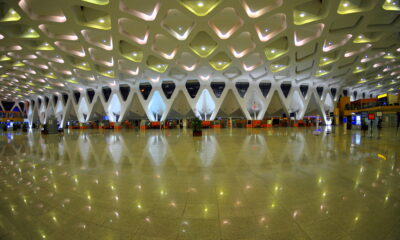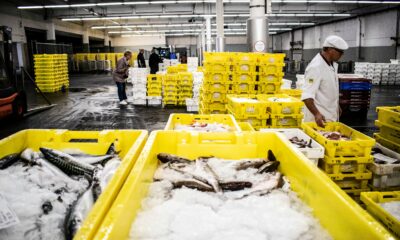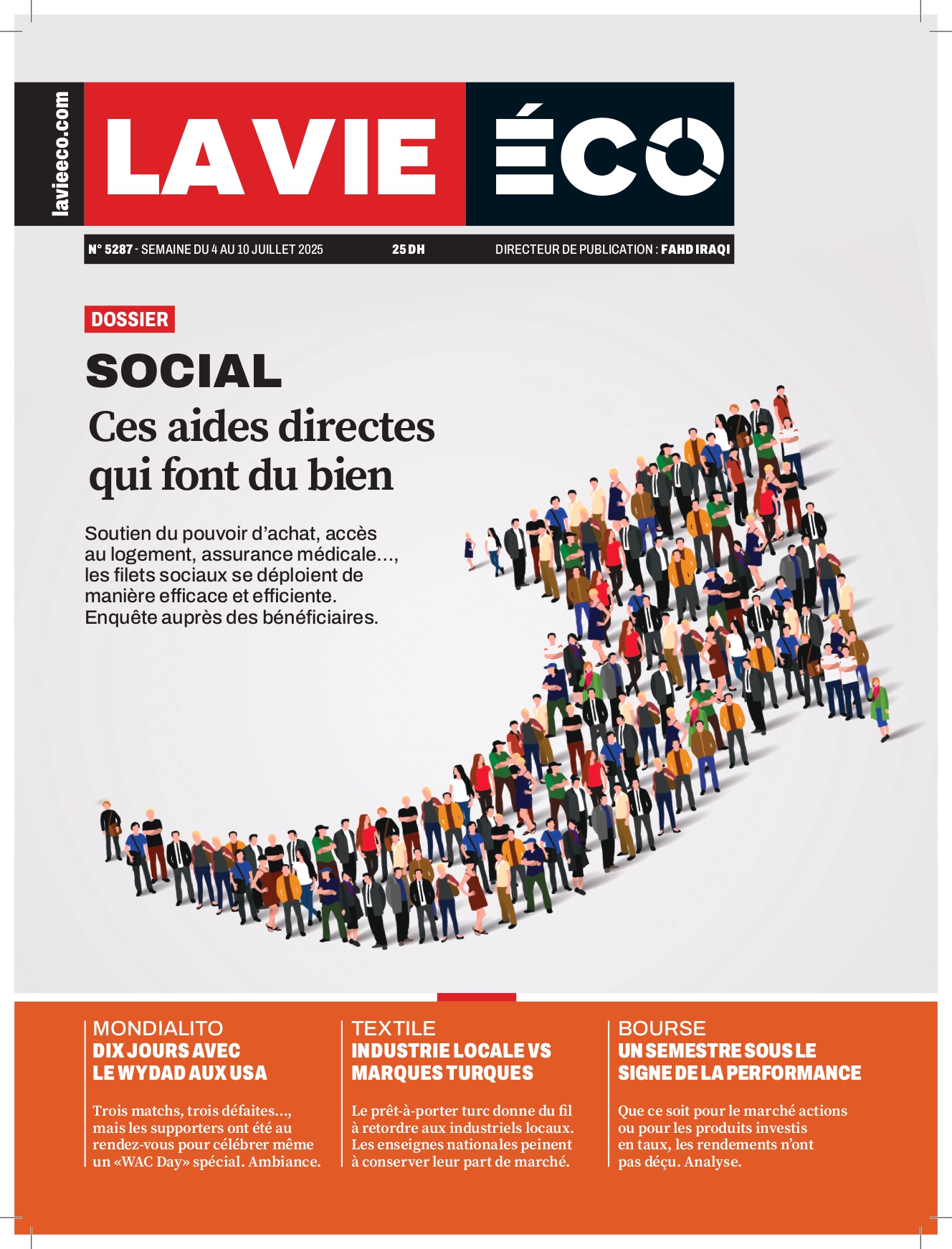Kingdom
Marhaba 2025: A Comprehensive Initiative for the Moroccan Diaspora
Efficiency, Security, and Safety. These are the three pillars guiding Operation Marhaba 2025. All necessary resources have been mobilized to ensure optimal conditions for welcoming the Moroccan diaspora. From June 10 to September 15, the Mohammed V Foundation for Solidarity is leading the efforts.
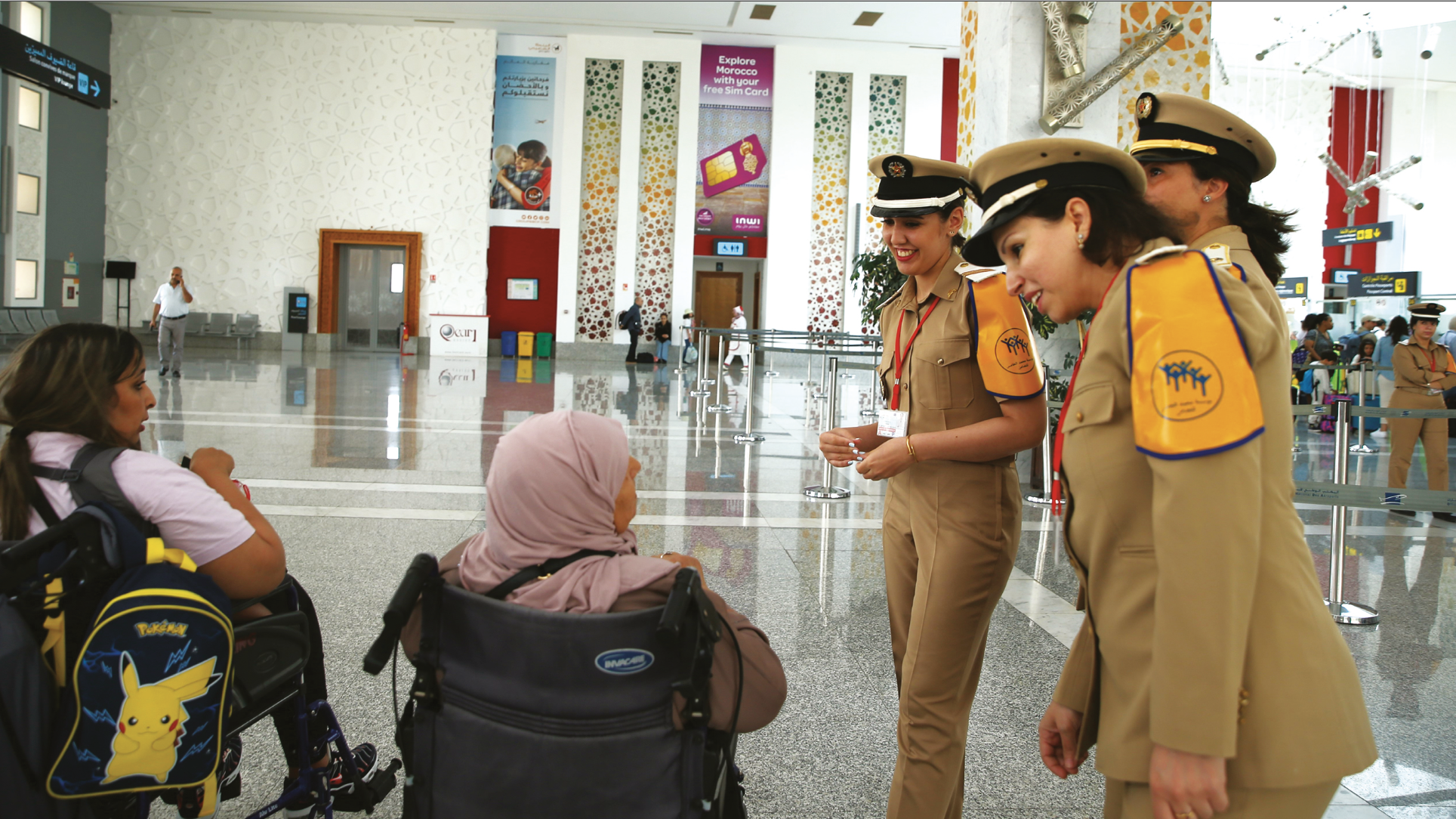
Tuesday, June 10. On the first day of the official launch of Operation Marhaba, the Tanger Med port—by far the primary gateway for Moroccans residing abroad—welcomed the first ships carrying MREs (Moroccans Residing Abroad) returning to the country for their summer vacations.
And just because the 2024 operation was a success doesn’t mean we’re resting on our laurels. As usual, Morocco is pulling out all the stops to welcome its diaspora under the best possible conditions. The system launched this Tuesday, June 10, led and implemented by the Mohammed V Foundation for Solidarity in coordination with stakeholders, is proof of this.
Indeed, for Operation Marhaba 2025—now in its 25th edition—no fewer than 1,200 people have been mobilized to listen to MREs, assist them, and provide necessary aid and relief. This contingent includes teams from the Mohammed V Foundation for Solidarity, social workers, doctors, paramedical staff, and other volunteers.
Support Network…
The global reception system was activated simultaneously in Morocco, France, Spain, and Italy. This year, the number of Marhaba reception centers has risen to 26, including two new facilities at Laâyoune and Dakhla airports.
Among these centers, six are located abroad. These are situated at the European ports of Genoa (Italy); Sète and Marseille (France); and Motril, Almeria, and Algeciras (Spain). A comprehensive network.
This illustrates an assistance program that covers all routes taken by MREs. The goal, according to the Mohammed V Foundation for Solidarity, is to support them throughout their journey, simplify administrative and customs procedures, and provide medical and social assistance services.
Additionally, to ensure smooth operations, maritime transport capacity has been expanded. Across 12 shipping lines, 29 vessels have been mobilized until September 15. This fleet, reportedly, will ensure approximately 520 weekly rotations, with a transport capacity of around 500,000 passengers and 130,000 vehicles per week—connecting Moroccan ports with those in Italy, France, and Spain.
The mobilization of such resources reflects expectations of a new record in arrivals this season. Some estimates predict a 3-4% increase compared to 2024, when over 3.4 million MREs entered the country.
It is also worth noting that, alongside humanitarian services available at Marhaba centers, a Central Coordination Bureau (BCC) based in Rabat monitors field assistance teams, coordinates stakeholders to manage requests, and operates the Marhaba helpline.
A 24/7 call service is operational throughout the duration of the operation. Multiple phone numbers and a toll-free hotline are accessible from the Kingdom, as well as from Genoa, Marseille, Motril, Almeria, and Algeciras.
This colossal effort is carried out in close cooperation with Spanish authorities. In preparation for the season, the Moroccan-Spanish Transit Joint Commission held several meetings, the most recent in May 2025.
Following these meetings, it was announced that Spain’s operational plan includes enhancing port processing capacity, mobilizing security and port police personnel, Red Cross assistance, and establishing coordination centers, rest zones, and information points.
All human and material conditions are thus in place for the success of this large-scale operation serving the Moroccan diaspora—from departure in host countries to their return. While foreign-registered vehicles are not yet highly visible on roads, peaks are expected in the coming weeks, particularly in August as usual.
Transfers: Increase Expected…
According to recent statistics, remittances from Moroccans abroad reached 26.22 billion dirhams by the end of March this year, compared to 27.96 billion dirhams during the same period in 2024.
While this reflects a slight dip, some projections remain optimistic about surpassing 100 billion dirhams by the end of the current fiscal year.
The record was already set last year with 117 billion dirhams transferred, contributing 7.7% to GDP, up from 115 billion dirhams in 2023.





